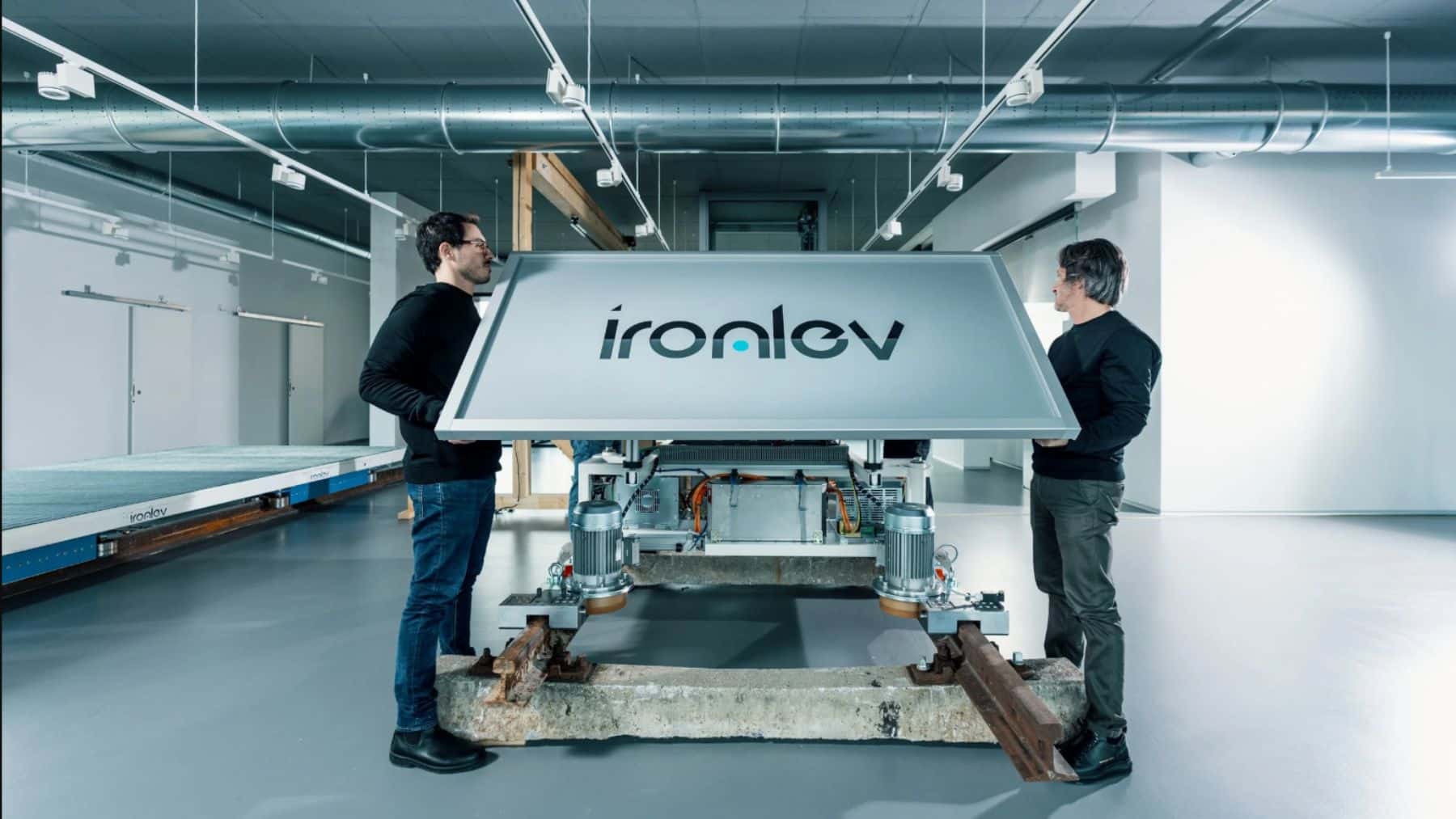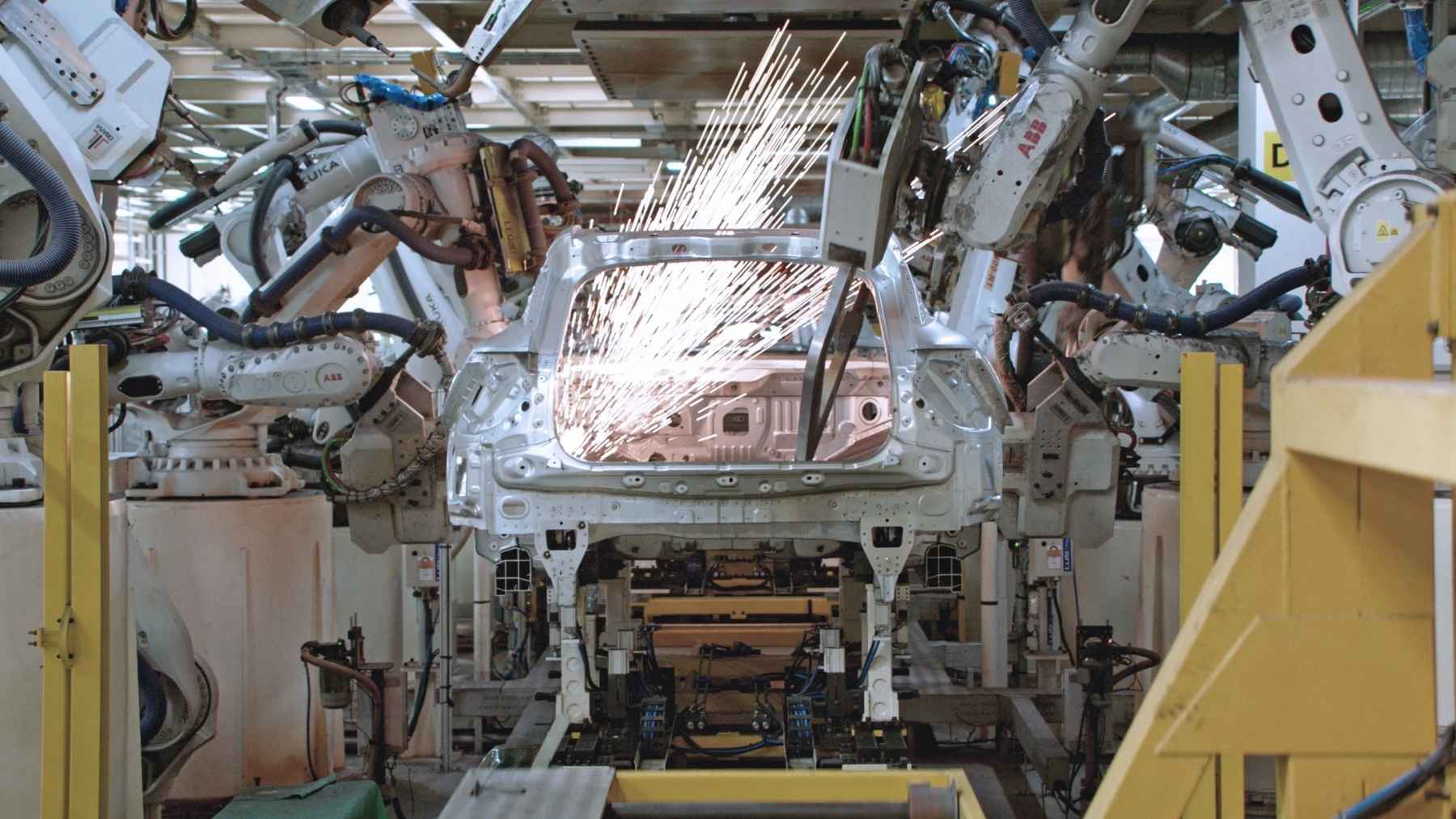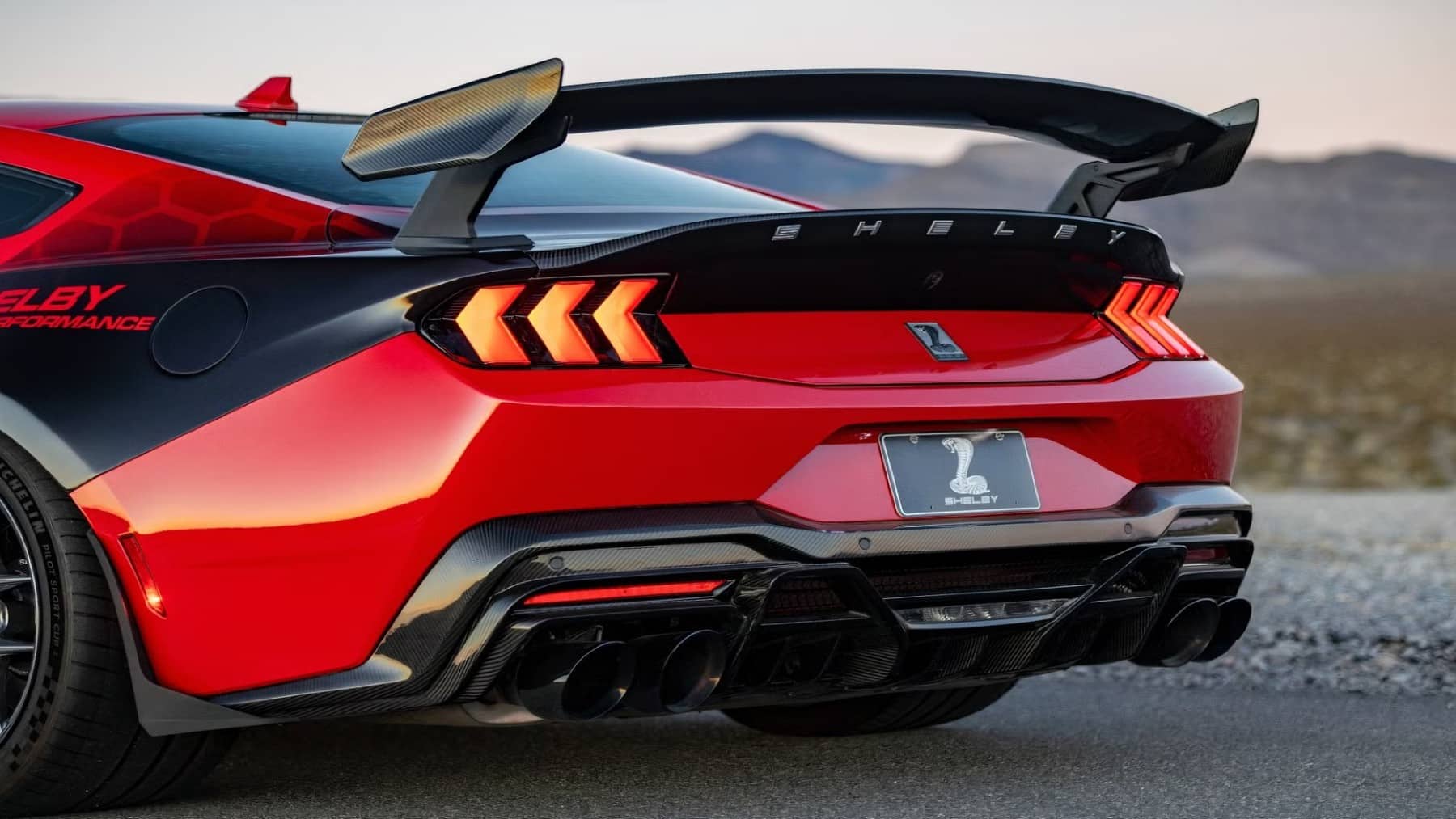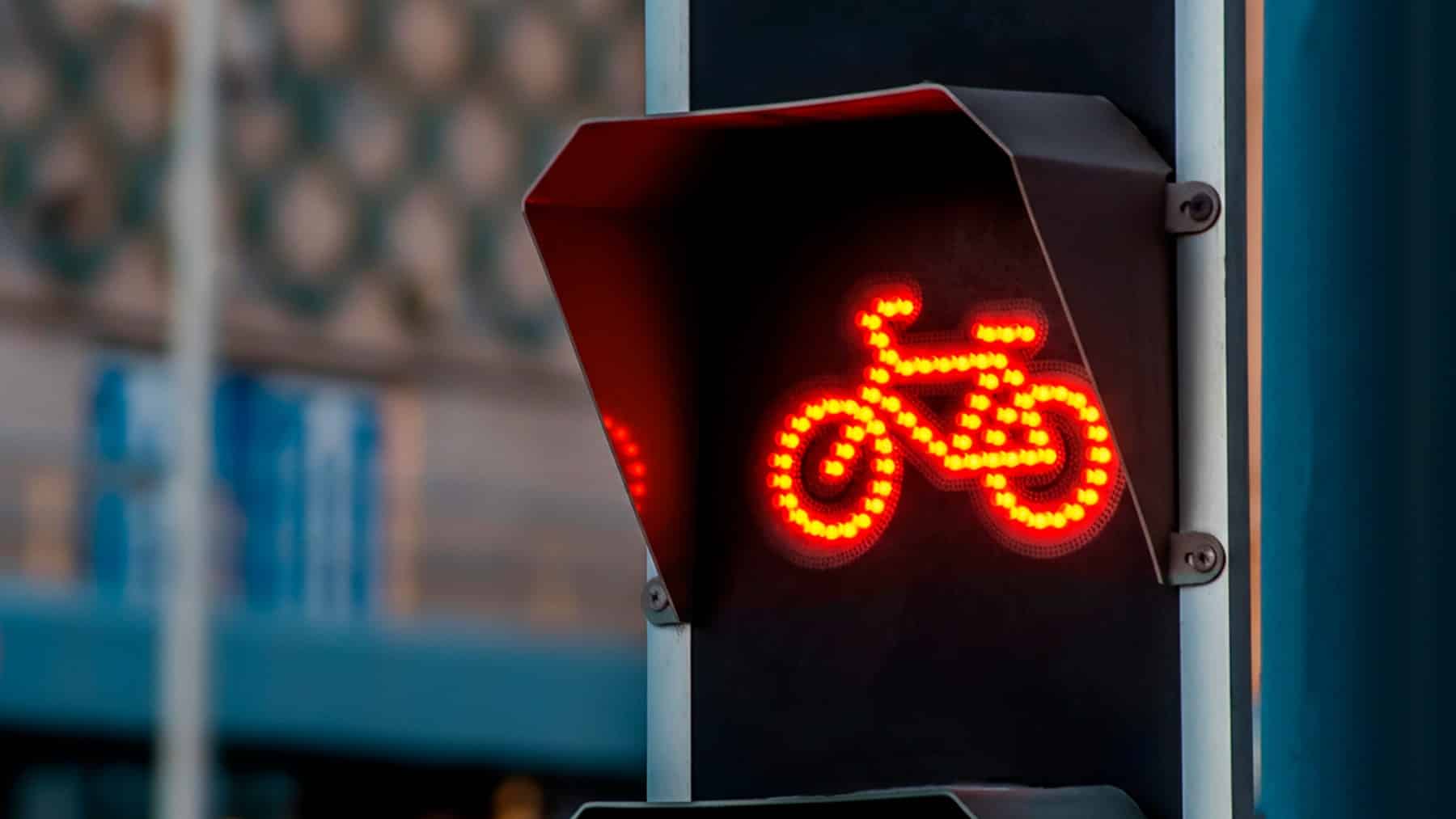An Italian tech company called IronLev was involved in testing magnetic levitation (maglev) as part of a mission to surpass Tesla’s Hyperloop. Testing took place in Italy on March 12, 2024 and featued the Adria-Mestre route. The testing signified the first time that a maglev train had floated autonomously on existing infrastructure. Elon Musk’s Hyperloop prototype may just be beaten by IronLev’s maglev transportation system, which offers a noiseless and lower-cost speed rail alternative.
Maglev, an unconventional rail method on conventional train tracks
Due to the hefty infrastructure costs associated with a brand-new maglev system, the idea of magnetic levitation existed only in theory. However, IronLev has stepped in and is considering a magnetic levitation system that is rewriting the script entirely. IronLev’s prototype was presented at LETExpo 2024 in Verona and was able to glide effortlessly along the 2-km stretch of Italian rail at an impressive speed of 70 km/h (43 mph).
While the speed was impressive, the most noticeable feat was that no new infrastructure was relied on. The laws of physics and magnetic skids were all that was needed to achieve success in terms of magnetic levitation systems. The train glided or almost floated along the train tracks, barely touching them and producing no noise or vibrations. On offer is a scalable solution from IronLev that makes use of 1,5 million kilometers of existing rail infrastructure.
Understanding IronLev’s passive magnetic levitation system
A passive magnetic levitation system is one that does not require continuous power; however, it relies on electromagnets that need massive energy inputs. IronLev makes use of ferromagnetic materials and permanent magnets to create somewhat of an air cushion between the train and the track. What sets IronLev’s system apart is that a newly-built rail track is not required. The basic iron rails commonly found can be used, and while additional cost is eliminated in that regard, operating costs are also reduced as levitation can be maintained without ongoing power.
Further adaptation by IronLev in terms of wheel removal
IronLev has even considered removing the vehicle’s wheels entirely. By getting rid of the wheels, IronLev is looking at minimizing friction. In this way, trains will float effortlessly and won’t make any noise even when grinding. The cost of maintenance is also reduced in the process. IronLev has created a comfortable means of transportation that can carry both cargo and passengers.
IronLev has provided a speedy railway option that is sustainable, as the carbon footprint is reduced as well. However, IronLev is not resting on the current test results of 70 km/h, and the Italian tech company is setting its sights even further in terms of the possibilities. Maglev technology is allowing us to think of speeds beyond imagination, and China’s unveiling of a magnetic levitation train proves just that.
IronLev’s next development stage is underway with a motorized maglev vehicle that weighs 20 tons being perfected. This maglev vehicle was created to achieve speeds of up to 200 km/h (124 mph). IronLev is showing that this maglev vehicle can possibly compete with the more traditional high-speed rail alternatives. Challenges are still faced due to conceptual projects like Tesla’s Hyperloop.
IronLev is still speeding along the tracks up ahead
IronLev has got to step up the engineering, and this would be a great idea as the Italian tech company is looking to bring this technology to airport shuttles and urban connectors. By gaining entry into the people-mover-systems sector, IronLev can commercialize this impressive technology. The demand is clear, which means that IronLev’s maglev breakthrough is the right type of investment. IronLev is proving that rail travel can be sustainable if we just look more carefully at what can possibly be riding on the rail tracks. What needs to be noted is that magnetic levitation is not only being considered for rail transportation, but for wind energy solutions too, as Eolic Wall considers clean power of 10 kW and magnetic levitation.














